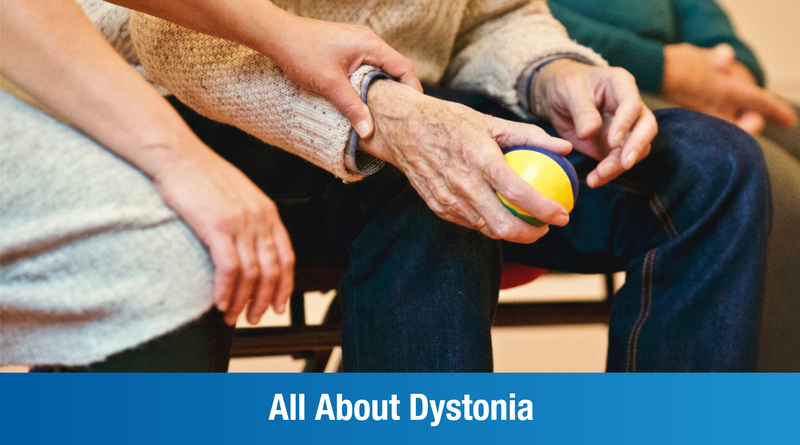
Dystonia is a condition in which the patient’s muscles contract painfully and uncontrollably. It may be mild enough to not be noticed at first, but intensifies over time. Here, we offer a quick introduction to what Dystonia looks like, why it occurs, and how patients can manage it.
Understanding Dystonia
Dystonia is a movement disorder that causes muscles to contract uncontrollably. The contracture is generally painful and leads to abnormal gestures or repetitive motions. Dystonia can affect a single muscle, a muscle group, or several muscle groups all over the body. It can affect people of all ages.
Symptoms of Dystonia
The symptoms of Dystonia can vary depending on the muscles it is affecting. Common symptoms include:
- Cramping in the foot or hand
- Pulling in the neck
- Involuntary blinking or eye movements
- A ‘dragging’ sensation in the leg
- Speech difficulties
Pain or exhaustion frequently follow in the aftermath of Dystonia symptoms, while fatigue may exacerbate the symptoms. Patients may also experience depression or social withdrawal because of the stress the disease causes.
Types of Dystonia
One way of classifying Dystonia is on the basis of the parts of the body it affects. Accordingly, there are five types of Dystonia:
- Generalized – affecting the whole of the body or most of it
- Hemidystonia – affecting the arm and leg on the same side
- Segmental – affecting adjacent body parts
- Focal – affecting just one body part
- Multifocal – affecting more than one unrelated body part
Doctors also classify Dystonia based on its patterns. Some of them, in fact, can be regarded as syndromes in their own right. These include:
- Cervical Dystonia (or torticollis) – affecting neck muscles in a manner than causes the head to be pulled backwards and forwards or twisted from side to side
- Oromandibular Dystonia – affects the lip, tongue, and jaw muscles and leads to trouble speaking and swallowing
- Cranial Dystonia – affects the face, head, and neck muscles and may flare up during specific tasks, such as playing a wind instrument
- Blepharospasm – affects the eyes starting with uncontrolled blinking, and ultimately causes the eyes to be almost permanently closed
- Paroxysmal Dystonia – affects the body only during episodes
- Spasmodic Dystonia – affects the speech muscles in the throat
- Torsion Dystonia – a rare disorder that affects the entire body severely
- Tardive Dystonia – a treatable form of the condition that occurs because of a reaction to some drugs
Causes of Dystonia
Dystonia occurs due to a problem with the way nerve cells communicate in the basal ganglia, which is the part of the brain that initiates muscle contractions. It could be idiopathic in nature, but more often it is acquired from a stroke, a tumor, brain trauma, infection, or conditions like Multiple Sclerosis or Parkinson’s Disease. The doctor will perform a variety of tests and take a complete medical history to determine the exact root cause. Researchers continue to work on identifying genetic mutations that cause Dystonia.
Treatment for Dystonia
Depending on the severity and its underlying cause, there are several Dystonia treatment options available.
- Physical Therapy, involving a combination of strength and stretching exercises to ease muscle pain and improve range of motion
- Stem Cell Therapy is designed to repair the damaged cells within the body by reducing inflammation and modulating the immune system
- Medicine, which is injected directly into the muscles to ease muscle contractions or taken orally to target neurotransmitters in the brain
- Deep brain stimulation, which involves transmitting electrical impulses to the brain to ease the contractions
- Speech Therapy, if the Dystonia is affecting the throat, lip, tongue, or jaw muscles
- Occupational Therapy to help the patient perform daily tasks more effectively, often with the use of aids
- Selective denervation surgery, which may be recommended to cut off the nerves involved in muscle spasms if other types of treatment haven’t been effective
Dystonia can be painful and uncomfortable to deal with, but it can be managed with appropriate treatment. It’s important to be patient with yourself and take as much time as you need to complete tasks and perform the doctor-prescribed exercises. Over time, you’ll be able to build an active, fulfilling life of your own.










